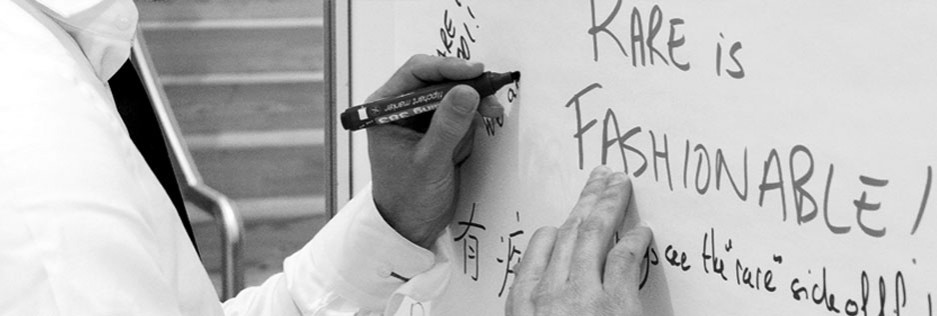Rare and orphan Diseases

WHAT IS A RARE OR ORPHAN DISEASE ?
A disease or disorder is defined as rare in Europe and in Switzerland when it affects not more than 1 in every 2,000 persons. These conditions are generally chronic, progressive, debilitating and often life-threatening. In addition, these rare diseases present certain challenges for the development of new treatments.
There is no internationally accepted definition of rare diseases. For example, in the United States, a condition is rare when affects 1 in every 1,500 persons (or less than 200,000 citizens). Furthermore, it is considered orphan any rare disease for which no treatment has been developed. Practitioners do not know the condition, research is not ongoing and it is extremely difficult to receive a diagnosis for lack of scientific knowledge. For these reasons patients feel abandoned by the health system and suffer from an almost total lack of care.
Osteogenesis imperfecta, Lowe syndrome, cri-du-chat syndrome…rare and orphan diseases are a very diverse reality. These may affect one’s ability to move (myopathies), to comprehend the world around us (fragile X syndrome), to breathe (cystic fibrosis), or to combat infection (immune deficiencies). It is estimated that there are at least 8,000 orphan diseases today, 80% of them are genetic in origin. The remaining 20% are autoimmune and infectious disorders.
A REAL STRUGGLE
Children are particularly concerned by rare diseases: three out of four patients are under the age of eighteen and in their case rare diseases are particularly life threatening and disabling and medical professionals struggle to make a diagnosis because of the small number of people affected.
In addition to the difficulty in obtaining recognition and to a reduced life expectancy, patients suffer from disabilities that lead to discrimination and isolation. Fortunately, there are associations that help them, their families and loved ones.
